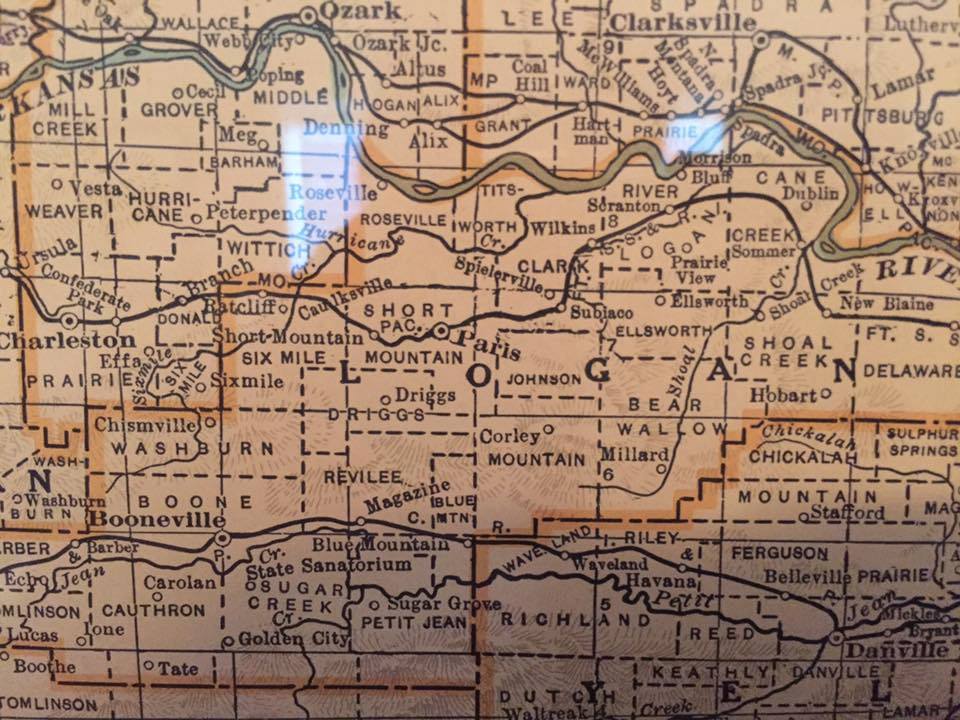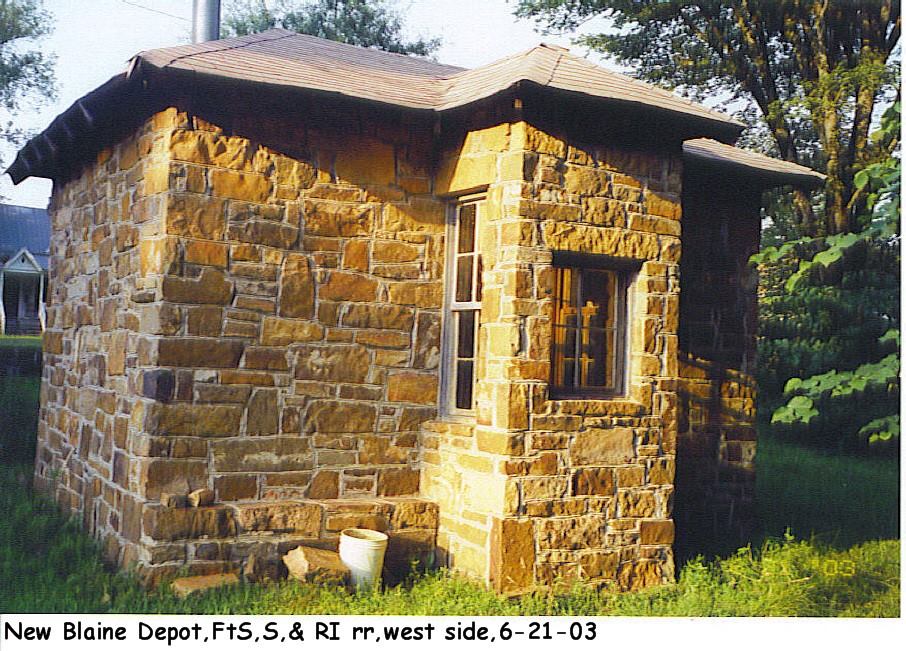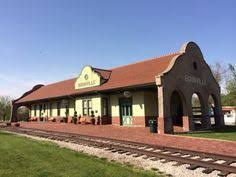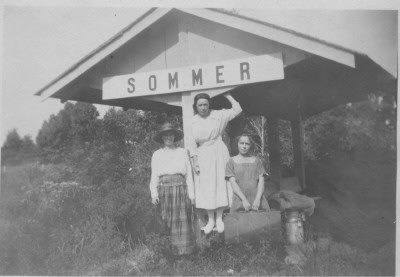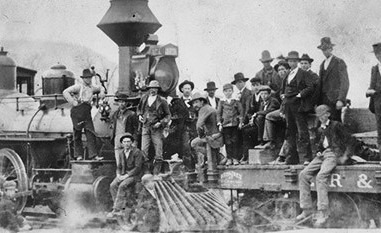By Dr. Curtis Varnell
It was Sunday morning and time for the excursion. A huge crowd milled around the depot dressed in their Sunday best. Women displayed all the finery available to the modern ladies of the early 1900’s. Elaborate hats topped by plumes of feathers decorated their heads as the listened for the steam whistle that would announce the train was ready to load,
The scene was played out throughout the Arkansas River Valley. The recently installed rail systems that connected the small towns to the outer world was now available and locals were taking advantage of the new-found ability to travel to cities as far away as Ft. Smith, Dardanelle, and on special occasions,even to the capital at Little Rock.
Arkansas lagged behind much of the south in developing a rail system. When the Civil war began, there was only 38 miles of operational track in the state. After the war, government-backed bonds and gifts of public land enticed companies to begin rapid expansion of major rail systems throughout the state. By 1900, a rail system ran up the north side of the Arkansas river connecting Little Rock and Fort Smith, passing through Russellville, Clarksville, and Ozark. In 1899, railroads were built connecting Charleston, Paris, and eventually to Dardanelle. The line through Booneville was one of the major lines and, with its various connections, serviced the farmers and business throughout the western part of the state. The depot, built as a centerpiece in each small town, became the communication and trade center for the city. Hotels developed nearby, especially in towns like Booneville where work crews finished their day trips and remained overnight.
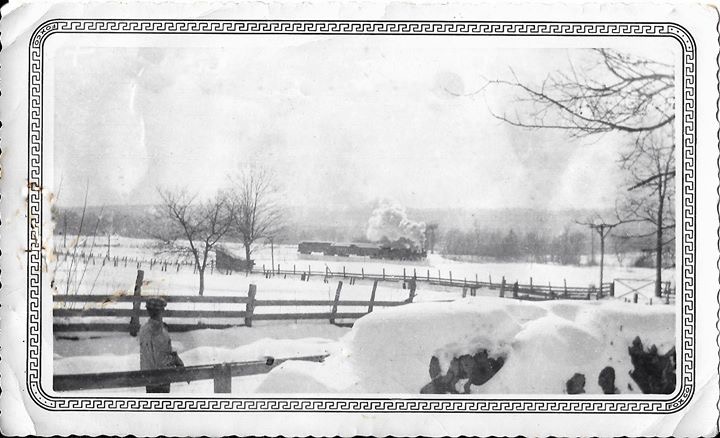
In the rural areas, trains made daily stops to deliver mail, pick-up farm goods, and to load the hundreds of carloads of coal from area coalmines. Coal fueled the rail system, generating the heat for the steam engines. Black smoke belched from the railroad stacks and steam hissed from the pipes as the trains generated the necessary power to pull dozens of cars loaded with cotton, peaches, and lumber to the market. Isolated in the small hollows and valleys for years, the development of the rail system allowed locals the opportunity to travel, even if just a few miles up the road, to see new places.
During the summer months, people from the delta and beyond journeyed to Dardanelle, Morrilton, or Magazine and thence to the tops of nearby mountains for summer vacations. Special plush passenger cars, some with overnight fold out beds and dining quarters, provided the most modern of travel. Hotels, theaters, and restaurants catered to their needs, developing golf courses, croquet lounges and swimming pools to keep them happy.
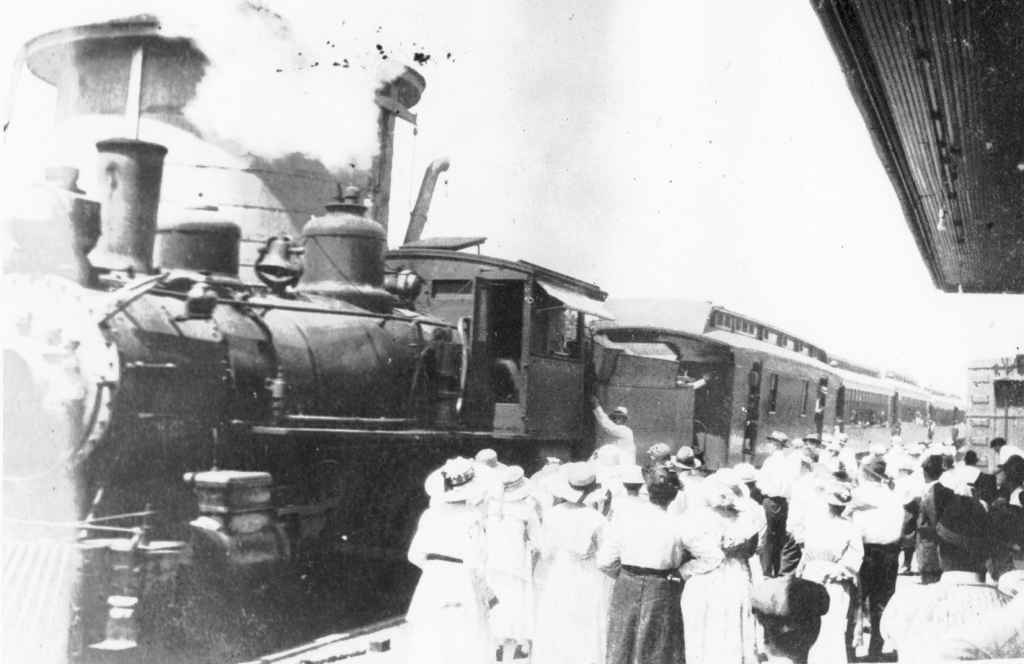
While working on my doctorate degree, I interviewed several old miners. One explained some of his childhood experiences. “When I was a child, I lived over by the Hackett tunnel. I would sit up on the side of the hill and watch the train as it slowed coming from the tunnel. In the late evening, the lights would be on and I could see all of those well-dressed people as they moved around in the glow of the lights in the passenger cars and I would imagine what it was like and the wonderful places to which they travelled. There would be music, fun, and all the things out there in the big world that I would never see. Then came WWII and I was on that train traveling. I got to a lot of places, a lot of those big towns, and I saw a lot of things I would just as soon forget.” He swallowed hard and his eyes misted over, “When I was there, I could see myself back on the bank above that tunnel and couldn’t wait for that train to take me home.”
The automobile, being more mobile and accessible, eventually took the place of the passenger trains and the huge 16 wheelers replaced the work cars. By the 1950’s, railroads were in decline, tracks were replaced by interstate, and the old steam engines were left sitting beside the tracks; symbols of a life and time that were now just a part of history.
